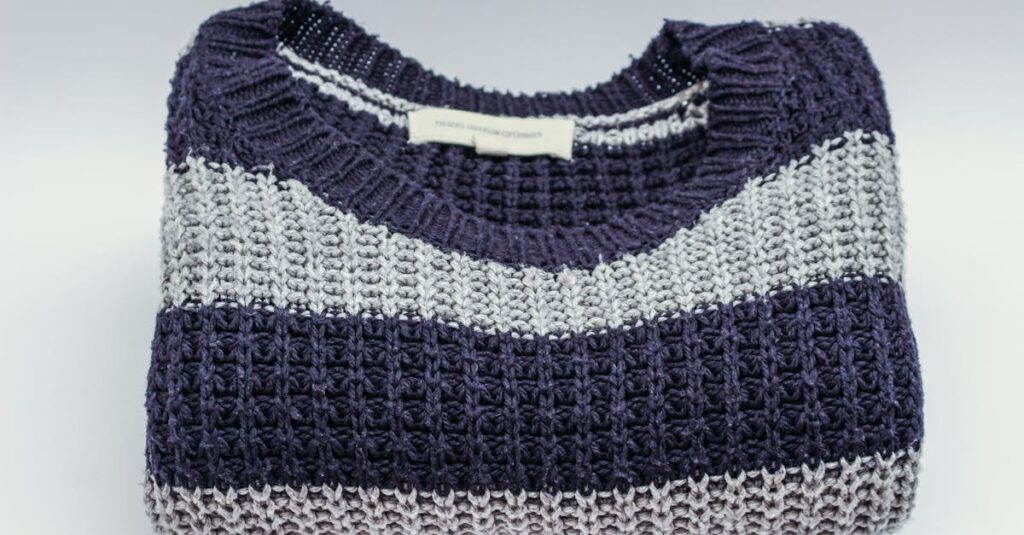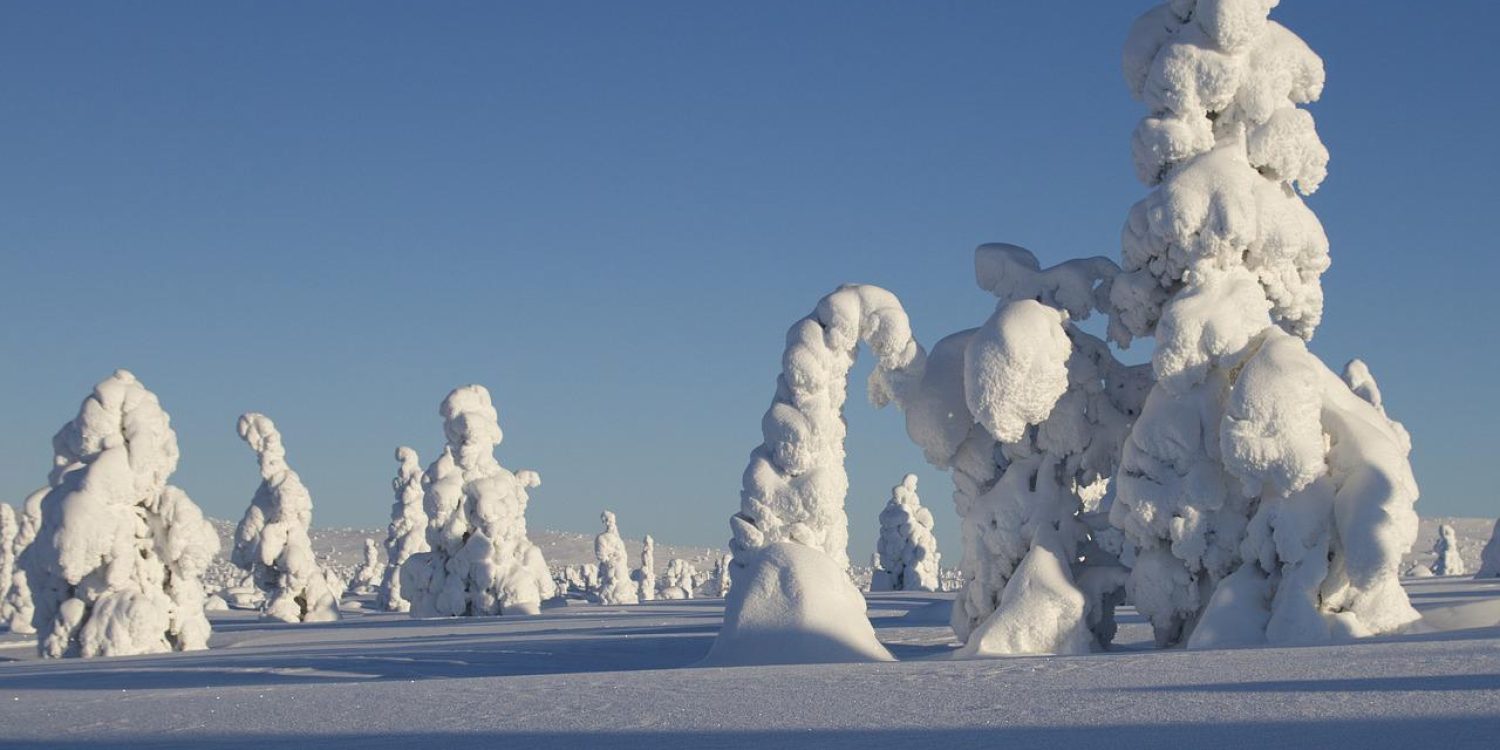
Are you planning a trip to Lapland and are wondering what to wear in the cold winter temperatures? Here are our suggestions for what to wear to stay warm.
Lapland is a magical winter destination with snow-covered landscapes, shimmering Northern Lights, and unforgettable experiences. But with its cold temperatures, knowing how to dress is essential to enjoy your trip to the fullest. Staying warm isn’t just about wearing a thick coat – it’s about layering effectively. By combining the right materials and clothing, you can keep warm, dry, and comfortable even in sub-zero conditions.
Whether you’re preparing for an Arctic adventure or simply navigating a chilly day, this complete guide will help you dress appropriately and confidently face the cold. Check out our “What to Wear in Lapland in Winter” video on Youtube as well.
It's all about layering!
Layering is much more than simply putting on a bulky coat to fend off the cold—it’s a thoughtful system designed to work with your body to keep you warm, dry, and protected in a variety of conditions. By strategically combining the right layers, you create an adaptable outfit that not only retains heat but also allows you to regulate your body temperature as needed. Each layer has a specific function:
- The base layer wicks moisture away from your skin to keep you dry.
- The mid layers provide insulation, trapping heat to keep you warm.
- The outer layer shields you from wind, rain, and snow.
Together, these layers create a warm, dry, and adaptable system to keep you comfortable in a variety of conditions.

Step 1: The Base Layer
The base layer is the foundation of your outfit and plays a critical role in keeping you comfortable in cold weather. Sitting directly against your skin, its primary purpose is to wick away sweat and moisture as you move. By drawing moisture away from your body, the base layer helps regulate your temperature and prevents dampness, which can quickly lead to feeling chilled. Staying dry is essential because moisture not only cools you down but also reduces the insulating effectiveness of your other layers. A well-chosen base layer ensures you stay warm and comfortable, even during intense activities in freezing temperatures.
Best Materials for the Base Layer
- Synthetic Fabrics: Materials like polyester and nylon are excellent for wicking moisture. They dry quickly and are lightweight.
- Wool: Merino wool is a standout choice. It’s soft, breathable, and naturally insulating, even when wet. It’s also odor-resistant, making it perfect for extended wear.
- Silk: A luxurious option, silk provides light insulation and wicks moisture effectively, though it’s less durable than other materials.
- Bamboo: A sustainable choice, bamboo is breathable, wicks moisture, and feels soft against the skin.
⚠️ Avoid Cotton: Cotton absorbs moisture and dries slowly, which can leave you feeling damp and cold. It’s the enemy of warmth in cold weather.
Examples of Base Layer Clothing
- Thermal tops and leggings.
- Long-sleeve shirts made of Merino wool or synthetics.
- Socks made from Merino wool for maximum comfort and warmth.
💡 Pro Tip: Choose snug-fitting base layers that aren’t too tight. A comfortable fit ensures better moisture-wicking and insulation.

Step 2: The Mid Layers
The mid layers are where the true magic of insulation happens, making them a vital part of your layering system. Their primary job is to trap your body heat and hold it close, creating a buffer of warmth that keeps the cold at bay. Unlike the base layer, which focuses on keeping you dry, the mid layers are all about maintaining the heat your body generates, ensuring you stay comfortable even in freezing conditions.
The number and type of mid layers you need will depend on several factors, including the temperature, wind conditions, and your activity level. For example, during high-energy activities like skiing or hiking, a single mid layer might suffice, as your body naturally generates more heat. On the other hand, if you’re engaging in less strenuous activities or facing exceptionally cold temperatures, you might require multiple mid layers to achieve the desired level of warmth.
This flexibility is what makes mid layers so important. You can easily add or remove them throughout the day to adapt to changing weather or activity levels. It’s always better to bring an extra mid layer than to risk being underdressed—after all, you can always shed a layer if you’re too warm, but it’s much harder to stay comfortable if you don’t have enough insulation.
Materials for mid layers also play a significant role in their effectiveness. Wool and fleece are excellent choices because they are lightweight, breathable, and capable of providing exceptional warmth. In extremely cold conditions, a lightweight down or synthetic insulated jacket can also serve as a mid layer, adding extra warmth without excessive bulk.
The mid layers act as the heart of your clothing system, striking the perfect balance between warmth and breathability. By choosing the right materials and layering appropriately, you’ll ensure that your body stays warm, cozy, and ready to tackle any winter challenge.

Best Materials for Mid Layers
- Fleece: Lightweight, breathable, and warm, fleece is a popular choice for mid layers. It’s also quick-drying and easy to care for.
- Wool: Wool garments, such as sweaters or cardigans, are excellent insulators. Wool is naturally breathable and retains warmth even when damp.
- Down or Synthetic Insulation: For extremely cold conditions, a lightweight down or synthetic insulated jacket can act as a mid layer, providing exceptional warmth.
Layering Strategies for Mid Layers
- Multiple Layers: Wearing several thin layers is often better than a single thick layer. This allows you to adjust your clothing as the temperature changes throughout the day.
- Casual Choices: While fleece and wool are ideal, sometimes you can make do with items like cotton sweatpants or even jeans for casual outings. Just remember that these are less effective in extreme cold or wet conditions.
Step 3: The Outer Layer
The outer layer is your first line of defense against the elements, designed to protect you from wind, rain, and snow while keeping you warm. Its primary role is to block harsh weather, preventing cold air and moisture from penetrating your inner layers. At the same time, it allows sweat and moisture from your base and mid layers to escape, ensuring you stay dry and comfortable. A good outer layer is also breathable and features adjustable elements like cuffs and hoods, allowing you to regulate your temperature as conditions change. It’s essential for staying warm and protected in any winter weather.
Key Features to Look For
- Waterproofing: Choose jackets and pants made from waterproof or water-resistant materials, such as Gore-Tex or similar fabrics.
- Windproofing: Windproof garments help maintain your body heat by blocking cold air.
- Breathability: Look for outerwear that allows moisture to escape, preventing condensation and dampness inside your layers.
- Adjustability: Features like adjustable cuffs, hoods, and vents can help you regulate your temperature.
Examples of Outer Layer Clothing
- A ski jacket or heavy-duty waterproof coat.
- Shell trousers or ski pants to protect your legs.
- Insulated parkas for extreme cold.
💡 Pro Tip: Make sure your outer layer has enough room to fit your base and mid layers comfortably. A tight jacket can compress your layers and reduce their insulating effectiveness.

Accessories: The Final Touches
Accessories are often overlooked but are just as crucial as your layers in staying warm. They protect areas of your body that are especially vulnerable to the cold, such as your head, neck, hands, and feet. A hat helps retain body heat, while scarves and neck gaiters protect against biting winds. Gloves or mittens keep your hands warm, and thermal socks along with insulated boots protect your feet. These accessories are essential for preventing heat loss and ensuring comfort in cold conditions, making them a vital part of your winter gear.
Head and Neck
- Hats: A good hat made of wool or fleece can make a big difference in retaining body heat, as much of it escapes through your head.
- Scarves and Neck Gaiters: Protect your neck and face from cold air and wind. A balaclava can provide full-face coverage in extreme conditions.
Hands
- Gloves: Insulated, waterproof gloves are essential for keeping your hands warm and dry.
- Mittens: If you need extra warmth, mittens are a better choice. They allow your fingers to share heat, making them more effective in retaining warmth than gloves.
Feet
- Socks: Opt for two pairs of socks—a thin, moisture-wicking layer underneath a thicker insulating layer.
- Boots: Make sure your boots are insulated, waterproof, and roomy enough to accommodate thick socks. Tight boots can restrict circulation and make your feet cold.
💡 Quick Test: Always check that you can wiggle your toes comfortably in your boots. If they’re too tight, your feet will feel colder.
Stay Warm, Stay Comfortable
With the right layering system, you’ll be ready to face even the harshest winter weather. Remember: it’s not about wearing the heaviest coat or the thickest socks—it’s about wearing the right combination of layers.
So when thinking about what to wear in Lapland in winter, take a moment to think about your base layer, your mid layers, and your outer layer. Don’t forget your accessories, and make sure your boots and socks are up to the task.
By following these tips, you’ll stay warm, dry, and cozy no matter what winter throws at you. Enjoy the snow and embrace the chill—it’s time to make the most of the season!
💡IMPORTANT: Winter clothing and boots can be expensive, especially if you only need them for a short trip. Instead of buying, consider renting them while you’re here. Renting can save you money, and many places offer high-quality options. For example, Winterent in Lapland provides excellent gear for rent, and have rental shops in a few bigger destination. Also many tours include the necessary clothing as part of the package. This way, you can enjoy the cold without the added cost of purchasing gear you’ll only use once.
For a full packing list, check out our blog: Packing list for Lapland.

Ultimate Arctic Adventure
9 Days / 8 Nights

Lapland Winter Holiday
5 Days / 4 Nights

Complete Finnish Lapland Holiday
7 Days / 6 Nights

Northern Lights Tour
7 Days / 6 Nights

